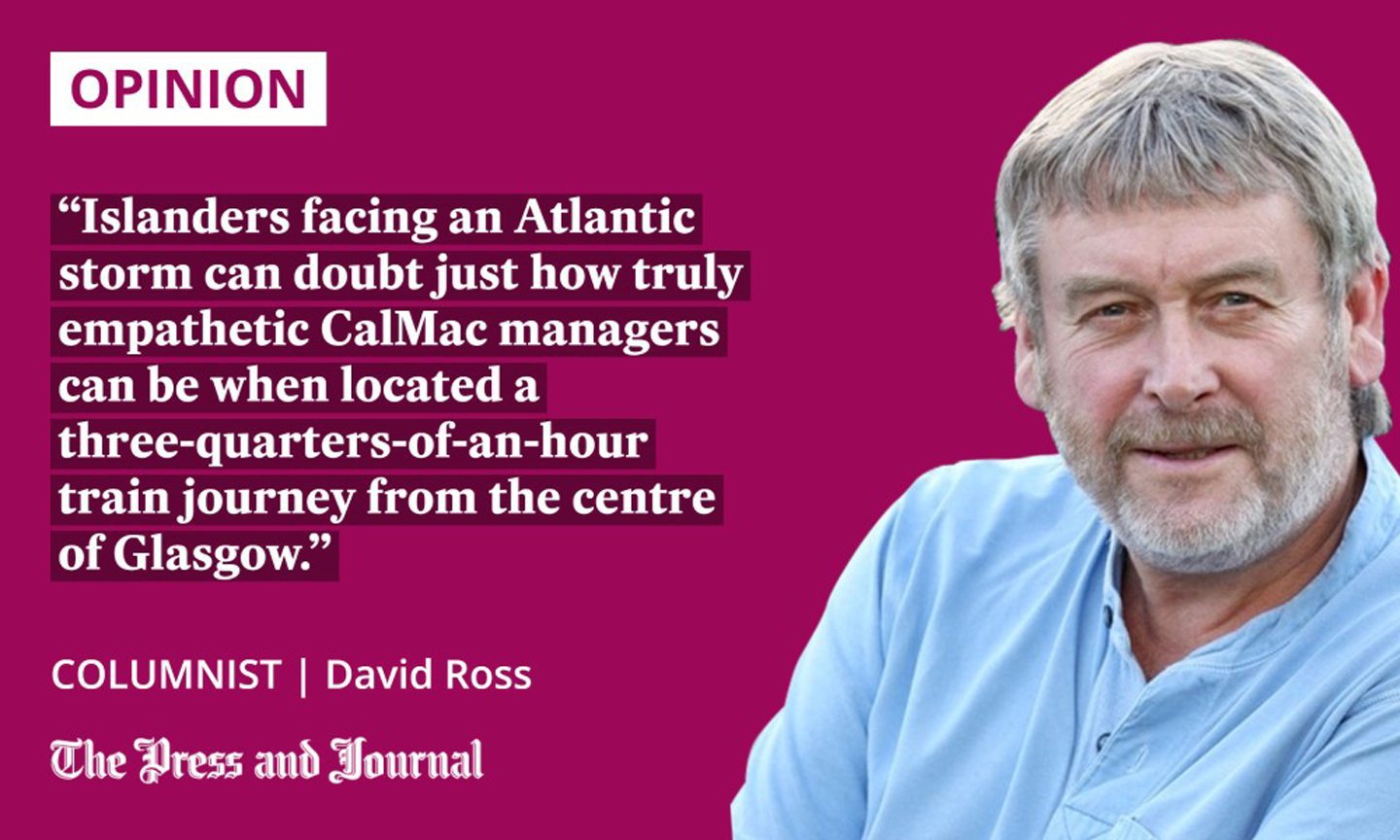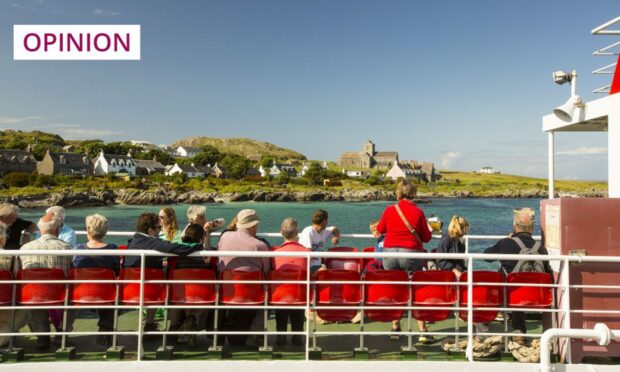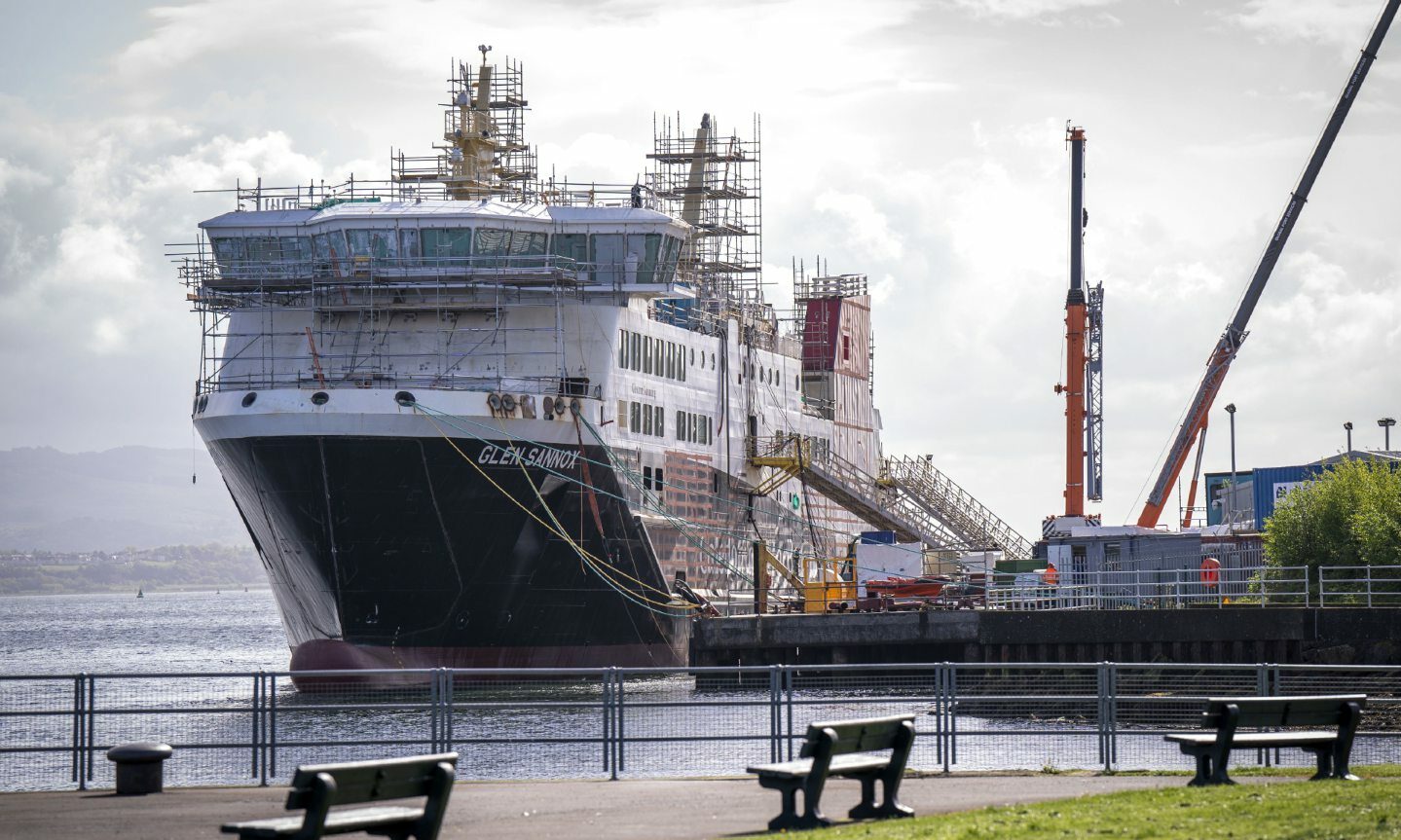Earlier this month, the Financial Times carried a report on certain businesses leaving Canary Wharf.
The 128-acre site in London’s eastern Docklands was transformed into a global hub of international capitalism during the financial services boom of the 1980s. Around 120,000 people work beside the Thames in 30 huge office buildings: the biggest financial players, with a shopping centre underground to cater for their expensive tastes – everything from Roka sushi to Ralph Lauren T-shirts. But, now, some are departing.
Clifford Chance, the huge international law firm, announced in November that it is returning to the old financial district the City of London. Last month the giant bank HSBC said it too was moving back to the City.
The FT pointed to London’s working patterns changing, with a full five days in the office rare since Covid lockdowns. Hybrid home and office working is continuing. Transport for London say numbers of people commuting to work on Mondays and Fridays remain at about half their pre-pandemic levels, and around 70% the rest of the week.
Some of Canary Wharf’s corporate residents evidently don’t need so much space after the pandemic. Calamitous episodes often demand radical change. It is something the Scottish Government, owners of ferry company Caledonian MacBrayne (CalMac), should ponder for the waterfront on another great river.
 CalMac’s fortunes in recent years have been a metaphor for the pandemic itself. Technical and engineering failures spreading, infecting the network from the Clyde to the Minch. Its aged ferries breaking down with such regularity that its relationship with the island communities it serves has been seriously damaged, perhaps fatally.
CalMac’s fortunes in recent years have been a metaphor for the pandemic itself. Technical and engineering failures spreading, infecting the network from the Clyde to the Minch. Its aged ferries breaking down with such regularity that its relationship with the island communities it serves has been seriously damaged, perhaps fatally.
Generations of Hebrideans have relied on CalMac and its predecessor David MacBrayne to provide literally lifeline services. Their disruption was one of the facts of their life.
Across the years, the words “she is not coming today” were accompanied by a deep, resigned sigh in island homes. It was in the Hebridean DNA to complain about but, at the same time, defend the company against the uncertainty of privatisation. Not so much now.
Trust has been broken across the network, particularly in places like South Uist. It lost its direct ferry service to the mainland for weeks at the start of the most economically important part of the year.
CalMac’s ailments stretch over long years
It has not been the fault of the operator CalMac Ferries Ltd, which doesn’t even own its accident-prone vessels. Neither is it all down to the decisions made over the contract for the two overdue and over-budget ferries still languishing at Ferguson Marine shipyard on the Clyde. They may have come to symbolise the company’s malaise, but the roots of CalMac’s ailments stretch over long years – at least back before 2005, when the then Scottish Executive put CalMac’s routes out to competitive tender.
Labour and Lib Dem ministers and, after them, the SNP Scottish Government accepted their officials’ advice that this was the only way to conform with EU state aid rules. Why these civil servants were so determined not to at least test the exemption that Europe appeared to offer has never been explained.
Their determination cost CalMac dear, in terms of both finance and structure. A coherent entity was broken up into half a dozen companies, some based offshore.
The issue of CalMac’s HQ on the pier at Gourock has been even more longstanding. Its location by the Clyde owes much to its company history. In 1973, Caledonian MacBrayne was formed from the amalgamation of David MacBrayne Ltd and the Caledonian Steam Packet Company. The latter’s steamers, with their black-topped yellow funnels, offered generations the opportunity to cruise the Clyde, calling in at piers up and down the Firth.
Today, just two services sail from Gourock – neither to islands, but to Dunoon and Kilcreggan on the other side of the river. Both are for passengers only.
Is it time to alter course?
There has long been an argument that CalMac’s hub should have been in Oban. It has more routes than any other port, with direct links to Colonsay, Islay (although not its main service), Mull (and on to Iona), Lismore, Coll, Tiree, Barra and South Uist (in winter). It is also the geographic centre of the CalMac network. Gourock is at its south-eastern periphery – a wee bit as Westminster and Whitehall are to the rest of the UK.
A relocation would be a clear statement that CalMac recognises the islands as its raison d’être
Western Isles councillors, however, have long argued that the HQ should move to Stornoway. It would be a bold thing for ministers to do, but it could alter the entire psychology of the operation. Islanders facing an Atlantic storm can doubt just how truly empathetic CalMac managers can be when located a three-quarters-of-an-hour train journey from the centre of Glasgow.
Such a relocation would be a clear statement that CalMac recognises the islands as its raison d’être. Even for government ministers to say they would consider it would be a signal that they know CalMac needs to alter course.
David Ross is a veteran Highland journalist, author and a supporter of Community Land Scotland

